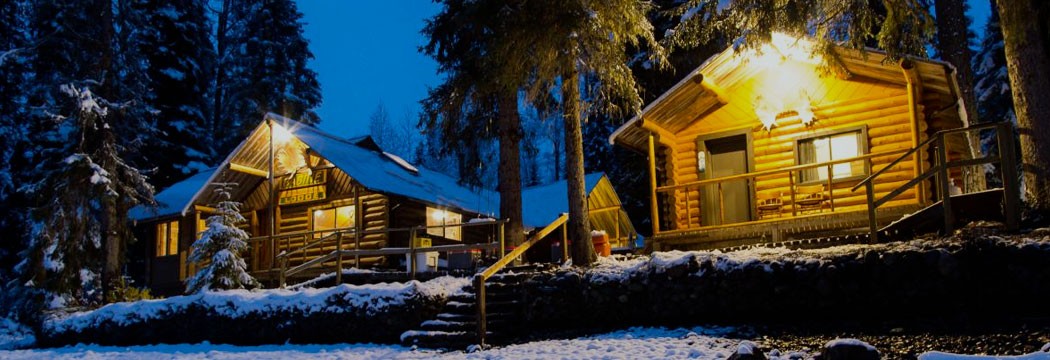
Contact Us
Call Us
1 877 846 9153
250 846 9153
Email Us
[email protected]

Today I’m going to introduce you to part one of the three part series. In this first segment we will be going over how to rig up a Skagit rod from the start. Obviously having a good quality reel and rod are a very important first step. After that many are left asking themselves “what running line, or backing, and shooting head?” Hopefully this will provide some clarity and get you starting on the correct foot.

Starting with backing I always recommend filling as much of the reel as you can with 30lb. Still leaving enough space to fit your running line and shooting head onto the reel without rubbing. I believe your backing should be a heavier strength test than the leader you plan on using. This helps prevent the potential of breaking your backing before your leader, which would result in a complete loss of line.


There is a large variance in opinions when it comes to running lines. Some people opting for monofilament versions such as Slickshooter or Lazer Line. Going this route allows more space on the reel for backing, an unbeatable glide through the rod eyes resulting in more distance, and the longevity is fairly good due to their being no coating on the line. That being said it can be difficult to grip in certain weather conditions. Once it becomes kinked from tangles while casting it can be a constant battle against tangles and even result in weak points in the line that could result in breakage. Often available at your local fly shop in a variance of strength’s running from 20-50 pound. I always recommend going for at least 40lb. Your other options for running line are a standard floating fly line with no taper. The floating makes it easier for your line to not sink in slower water while casting. The thicker profile means better grip in the wet and challenging weather conditions. Depending on how much you fish these coatings can wear away and expose the core of the line causing bad knots and weakness, which could result in breakage. Always check your lines before heading out on a trip to save yourself the potential disaster of losing your entire line set up.
I cover the remaining bits of set up in the following video and hope it can be a help in the future for both beginners and experts alike.